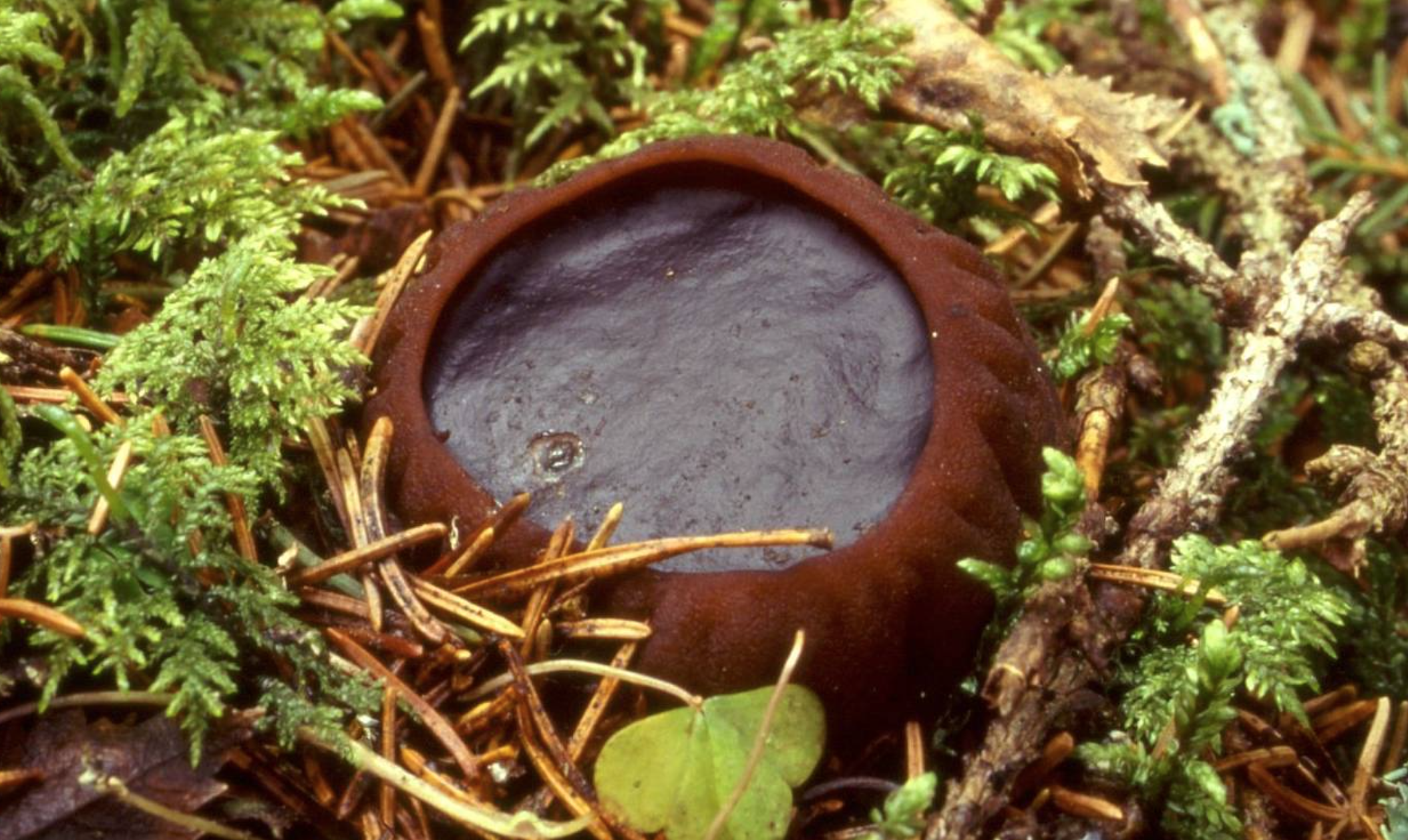Our planet is changing. It has changed several times before and I would be lying if I were to tell you that we are the first organisms to change the face of the planet. Throughout the history of life on Earth, the biosphere has experienced 5 past extinction events (we are now in living during the 6th). My favorite extinction event to talk about is the Late Devonian extinction event. Unlike the other 4 past events, the Late Devonian extinction event didn’t depend on volcanic eruptions, plate tectonics or asteroids to rid the Earth of most of its species. Instead, plants did the heavy lifting.
It was around this time when the evolutionary adaptation of vascular tissue arose. Before, all lower plant life was without vascular tissue. As a result, early plants were limited to a small body size since its it depended on the diffusion of water to make its way to all of the plant’s tissues. Vascular tissue changed everything. Higher plants grew much larger, and started absorbing significantly more carbon dioxide. Opposite to today’s environmental landscape, so much carbon dioxide was absorbed, a planetary cooling event ensued. The polar regions accumulated an insane amount of ice, and the oceans shallowed. Detritus from the now booming plant communities washed into the shallow oceans, resulting in nutrient spikes. With all of the excess nutrients, decomposer bacteria multiplied, breaking down all of the new dead plant debris that settled on the bottom of the oceans. These aerobic bacteria absorbed much of the oxygen, and subsequently created anoxic conditions. Many marine species couldn’t adapt to the low oxygen levels, which ultimately led to their demise.
Extant species of moss represent the more ancestral condition of plants before they evolved vascular tissue.
It’s weird to admit it, but I love this extinction event. By understanding the Late Devonian extinction event, we realize that biological forces have the ability to radically alter Earth. I scoff at climate change deniers that claim the Earth is too massive for humans to alter anything on a global scale. They fail to realize that a group of species without a nervous system forever altered the evolutionary trajectory of life here on Earth. Dissimilar to today, the Late Devonian extinction caused a cooling event, and took millions of years. The environment during the Anthropocene (the 6thmajor extinction event taking place right now) is changing much faster compared to the Late Devonian. Instead of absorbing carbon dioxide, we are releasing the greenhouse gas, which is warming the planet and modifying weather patterns that have been rather consistent for millennia.
Besides simply looking at atmospheric data over the past several hundred years by analyzing ice cores, the distribution and abundance of certain species also indicates how the climate is changing. Here is where our fungus featured in today’s edition of Fungi Friday comes in. The spring fruiting of the ascomycete fungus called Sarcosoma globosum, reveals to us that the Earth is changing and changing fast. Over the past three decades, its distribution has become rather convoluted. It has made the red listof species of concern in 10 European countries, yet in some regions, has become super abundant. This exposes to us something more than just local changes, and points towards a larger global scale climatic change.
Sarcosoma globosum. By Anna Baykalova.
Sarcosoma globosum fruits from the forest floor in close vicinity to moving bodies of waters like rivers and streams. After springtime floods make these areas nutrient rich and moist, the species develops its sexual phase, bearing haploid spores that spread via wind currents. Most believe the species to be saprophytic, decomposing leaf litter, yet it does tend to grow near mycorrhizal tree species like pine and spruce. With the absence of any biotrophic studies, the ecology of this specific species is still up for debate. But this doesn’t mean that it can’t be an indicator species.
Besides habitat loss due to deforestation, changes in its abundance can be directly attributed to a changing climate. A key feature that makes this species to be a great indicator of environmental change is its long-lasting mycelial networks. These unground complexes of hyphae can last for several decades, so unlike the mycelia of many fungi that persist for just a few years, changes in the abundance of these hardy species depict changes over longer time periods.
Mycologists Martinsson and Nitare back in 1986 published a paper that revealed the species has a difficult season if it experiences really cold winters. Even though it’s found in these near boreal areas, cold actually knocks back the species. A more recent 2013 paper by E. Ohenoja, M. Kaukonen, A.L. Ruotsalainen revealed to the mycological community that in Finland, Sarcosoma globosum has significantly increased in abundance over the past 30 years. This is a result of warmer than normal winters the country has seen in recent decades. Though, its local extinction in other countries in more southern latitudes tells us that temperate streams are not as full of water, and the patterns of seasonal flooding is changing.
We no longer refer to these Anthropogenic changes as ‘global warming’ even though the mean temperature of the planet is increasing. We use the term ‘climate change’ because it more accurate on a local level, a level people can better relate to. Some locations are becoming warmer, while other locations are becoming colder. As the temperature of our planet increases, global scale weather patterns are shifting, making some areas experience more drought, while other regions have intense flooding. Many times, the extinction of certain species reassures us that Earth is changing fast. In Finland however, the increase of abundance in Sarcosoma globosum shows us that winters are becoming milder, allowing these long-lived forest floor inhabitants to fruit more vigorously.





